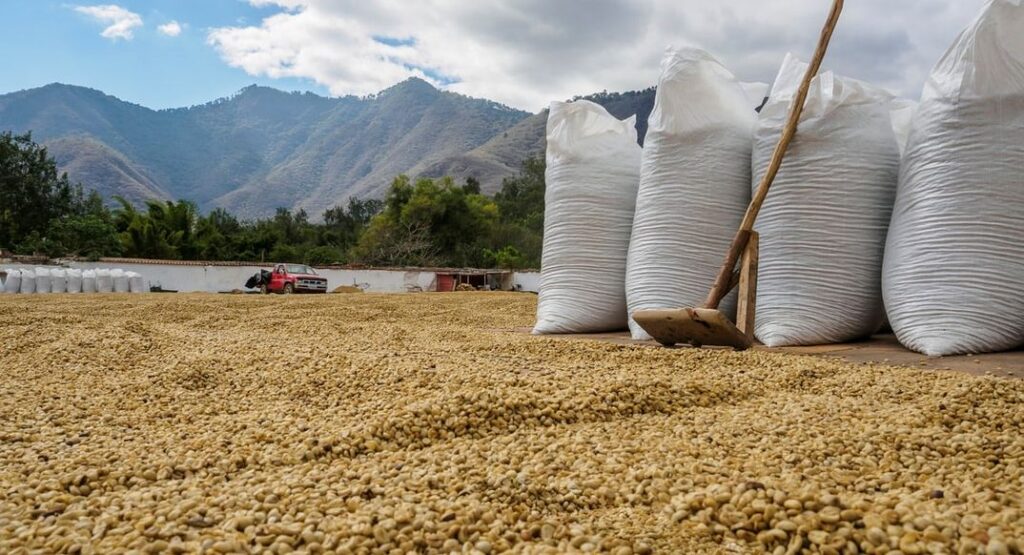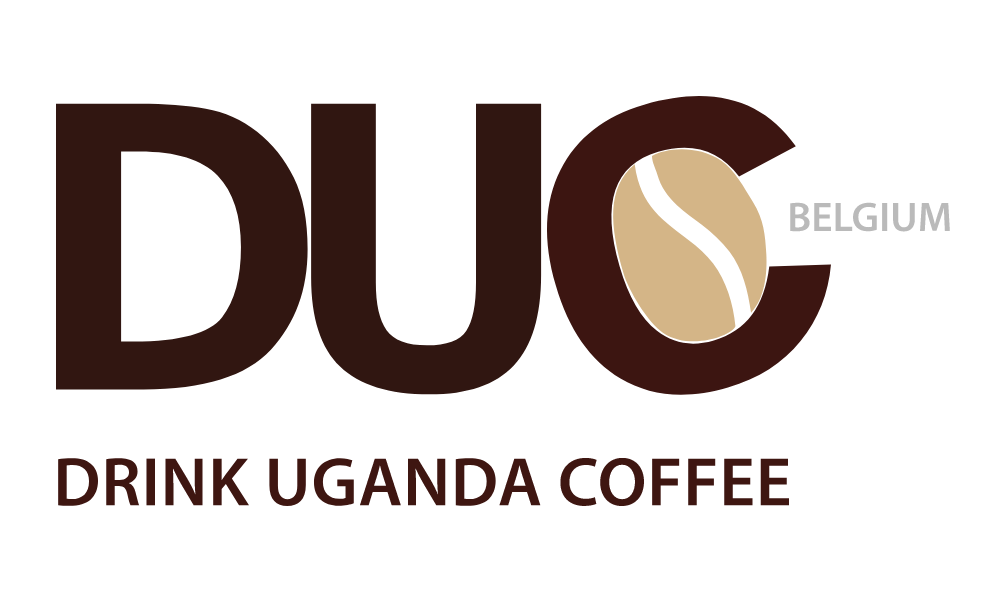Eastern European countries show significant potential as markets for coffee exporters. Consumption in Eastern Europe is still well below Western Europe, but a shift in coffee consumption is noticeable. This is particularly the case in Poland, where the number of specialty coffee shops is on the rise. Specialty coffee is also gaining traction in other markets in the region, such as Russia, Romania and Bulgaria, which illustrates the growing interest of Eastern European consumers in coffee quality and variety.
The region represents a relatively small share of total European coffee imports. The Eastern European countries Bulgaria, Croatia, Czech Republic, Hungary, Poland, Romania, Slovakia and Slovenia together sourced 6.5% of all European green coffee imports in 2020. Overall, Eastern European green coffee imports increased at an average annual rate of 3.3% between 2016 and 2020.
Poland is the largest importer of green coffee in Eastern Europe, and Europe’s ninth largest. In 2020, Poland imported 3.6% of all European imports, amounting to 128 thousand tonnes of green coffee. Poland registered year-to-year growth of 5.7% between 2016 and 2020. In 2020, Poland imported 65% of its green coffee directly from origin. The largest suppliers to Poland were Vietnam (35%), Brazil (18%) and Uganda (2.6%). About 31% of Polish coffee imports came from Germany.
The second-largest importer was Bulgaria, importing an estimated 30 thousand tonnes of green coffee in 2020, about 0.8% of total European imports. That year, about 79% of Bulgarian coffee imports was sourced directly from origin countries, mainly Vietnam (27%) and Brazil (22%).
Note that, compared to Western Europe, several countries in Eastern Europe import proportionally less green coffee directly from producing countries. For instance, the Czech Republic only sourced 16% of its imports directly from origin. This is mainly so because of the strong infrastructure and importing facility in neighbouring ports, such as the Port of Hamburg. For small and medium-sized roasters in Eastern Europe, it is often less risky and more cost-effective to source from specialised importers that use these ports. In addition, the main players on the Eastern European market are large multinationals that usually import through one point, roast in large-scale facilities and distribute coffee throughout Europe.
However, as roasters in Eastern Europe gain scale, it is expected that they may also gain autonomy in terms of sourcing directly from producing countries. In the long term, these countries may also develop further and upscale their infrastructure to be able to import directly.
Eastern European countries that do source most of their green coffee imports directly from origin include Bulgaria (79% of total imports), Slovenia (97%) and Romania (78%). Vietnam is the main supplier to Bulgaria, illustrating the focus on Robusta to serve the country’s large demand for instant coffee. Most supplies to Romania were sourced from Brazil with a share of approximately 19% in 2020, followed by Vietnam with 16%. Slovenia sourced its largest supplies from Brazil with a share of approximately 51% in 2020, followed by India with an estimated 20% of supplies.
Other interesting European destinations
Spain, Switzerland and France are other interesting markets for exporters in Europe. They combine a large consumer market with a high share of Europe’s direct imports from producing countries: Spain has a share of 8.4% of total European direct imports in 2020, followed by Switzerland with 5.8% and France with 5.1%. Vietnam is the largest green coffee supplier to Spain, while Switzerland and France import their largest share from Brazil.
In terms of per capita consumption, Finland, Sweden, Norway, Iceland and Denmark also have interesting potential, since they have the highest per capita consumption in Europe. Note, however, that absolute consumption is not necessarily very high, due to a relatively low number of inhabitants in these countries. In terms of quality, North-Western European markets have more penetration of high-quality coffee than Eastern and Southern Europe, where volumes are higher, but coffee quality is usually lower. The market for certified coffees also tends to be larger in North-Western European markets than in Eastern and Southern Europe.


